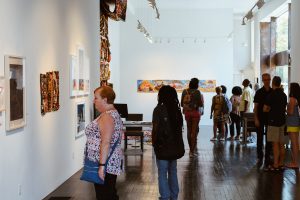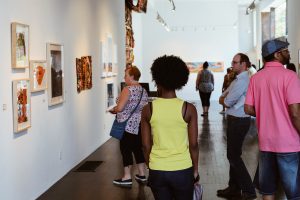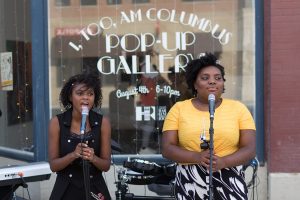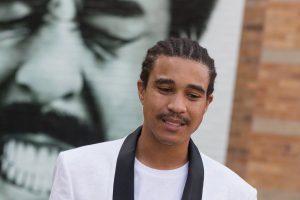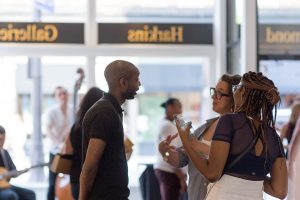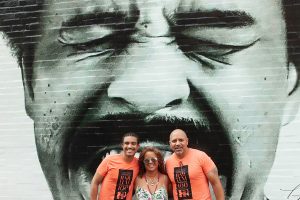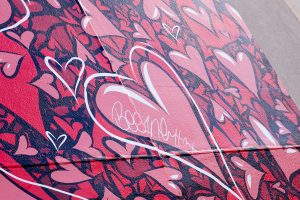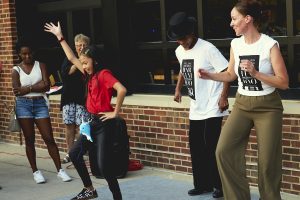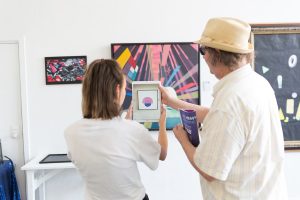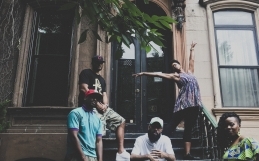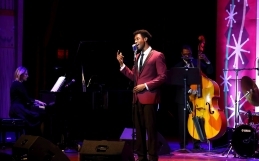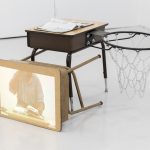Reflecting on the Harlem Renaissance Experience at Gallery Hop
The August Gallery Hop was magic.
The warm, summer breeze carried the rhythmic rise and fall of spoken word down the streets of the Short North. Poetry and music rose in the air before finally settling in the hearts and minds of those who listened. There was a vibrancy and energy in the atmosphere, the likes of which the Short North has rarely seen.
Some people joined in the bustle. They followed their maps and strolled from one end of the neighborhood to the other, taking in every experience that the night had to offer. Others came to see specific installations in support of their friends and family. And others stopped in front of one mural or one piece of art and paused, luxuriating in a rare state of peace and stillness. Regardless of how each and every individual participated that night, every person experienced something delightfully unexpected.
Regardless of how each and every individual participated that night, every person experienced something delightfully unexpected.
They might have discovered a new artist with whom they identified, they may have met a new friend, or they may have learned something about themselves and their role in the community.
The artists involved ranged from well-established Columbus icons to up-and-coming creatives just starting to leave their footprints on the Columbus arts scene. Other artists boasted national acclaim and accolades from cities such as San Francisco, Los Angeles and New York, but they had yet to receive much recognition in their hometown — or even their home state of Ohio.
That was the case for Bryant Anthony, or, as most people know him, Bee1ne. Bryant hails from the east side of Cleveland where he says, “The streets were my gallery.”
When he arrived in Columbus to attend the Columbus College of Art and Design, the city didn’t welcome his style. Galleries turned him down, saying his art was too “street” or too “urban.” It wasn’t until Bryant rose to fame in Miami and Los Angeles that Columbus began to warm up to his form of expression.
Now Bryant has a mural, “Spread More Love,” in the city that first turned him down. Nothing could be more indicative of Bryant’s character. He turned a harsh environment into an opportunity to spread love and inclusion.
He turned a harsh environment into an opportunity to spread love and inclusion.
Bryant’s mural, along with others, served as a source of inspiration for the live performances that brought the streets to life. Poets including Wali, Judazya, Tripp Fontane and Vye performed in front of his mural.
On the other side of the Short North, Mason Pryor, Richard Pryor’s son, made an appearance in front of Terry Norman’s mural of Richard Pryor. At Antoinette Savage’s mural, The Exodusters, dancers brought her work to life.
Through dance, music, art and spoken word, the community came together to celebrate and support our local, African American artists. It was an event like no other and an unforgettable experience.
Likeness of Richard Pryor recreated with permission granted by Jennifer Lee Pryor and Indigo, Inc.
Meet the Muralists
Annie Chrissy Burley | Anime Omission (Composite) | 1020 N. High St.
Annie Chrissy Burley is an animator and visual artist. This piece shows a figure named “Anyia,” and her characteristics are based off of a character called Ayanami Rei from the animated series “Neon Genesis Evangelion.” Annie sees Ayanami Rei as a cultural opposite compared to the common representation of a character that looks like Anyia. She’s breaking down the “Big Black Woman” archetype to show a more nuanced picture.

Antoinette Savage | The Exodusters | 921 N. High St.
Antoinette Savage creates dolls that tell the stories of her ancestors: “I strongly believe that, as African Americans, we are our ancestors’ answered prayers. Prayer knows no time or space. So a prayer that was prayed 400 years ago, I’m living right now. But they’re not here to see it. For me, it has been very important that I tell our stories and I tell them with dignity.”

April Sunami | Dviza, 2017 | 772 N. High St.
April Sunami is an artist that strives to impact culture through creating art. This mural, along with her other works, depicts an African, female figure in an active position of power: “It’s just a way of celebrating a history that a lot of people don’t know about. As a person who studied history, I always felt that African history was excluded from the picture.”
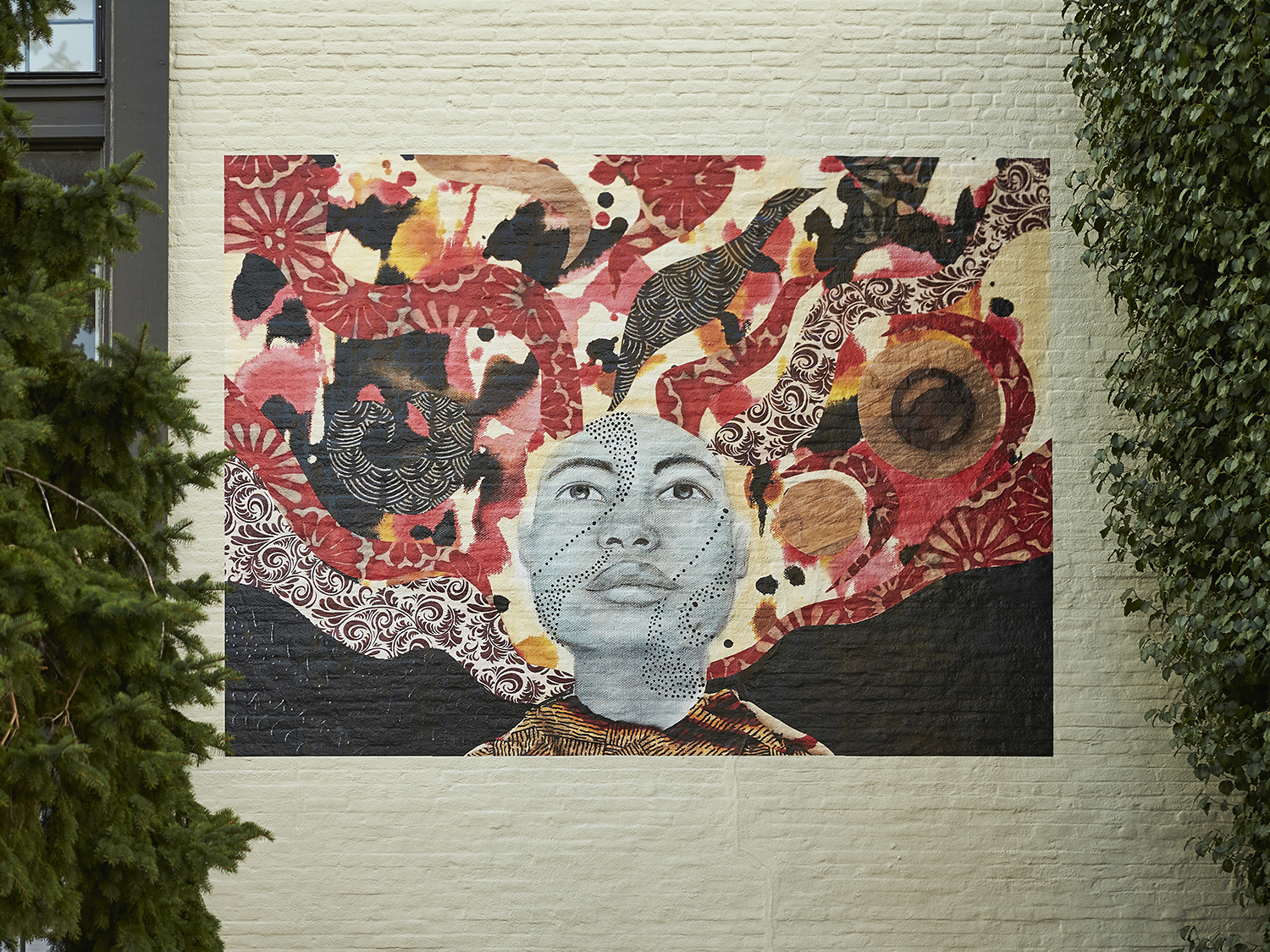
Bee1ne | Spread More Love | 1033 N. High St.
Bee1ne, or Bryant Anthony, is a Cleveland-based artists who came to Columbus to attend CCAD. His mural is a part of his current campaign, Spread More Love. In his experience, Bee1ne has learned that people need to show and receive more love in this day and age. His artwork reflects that goal.
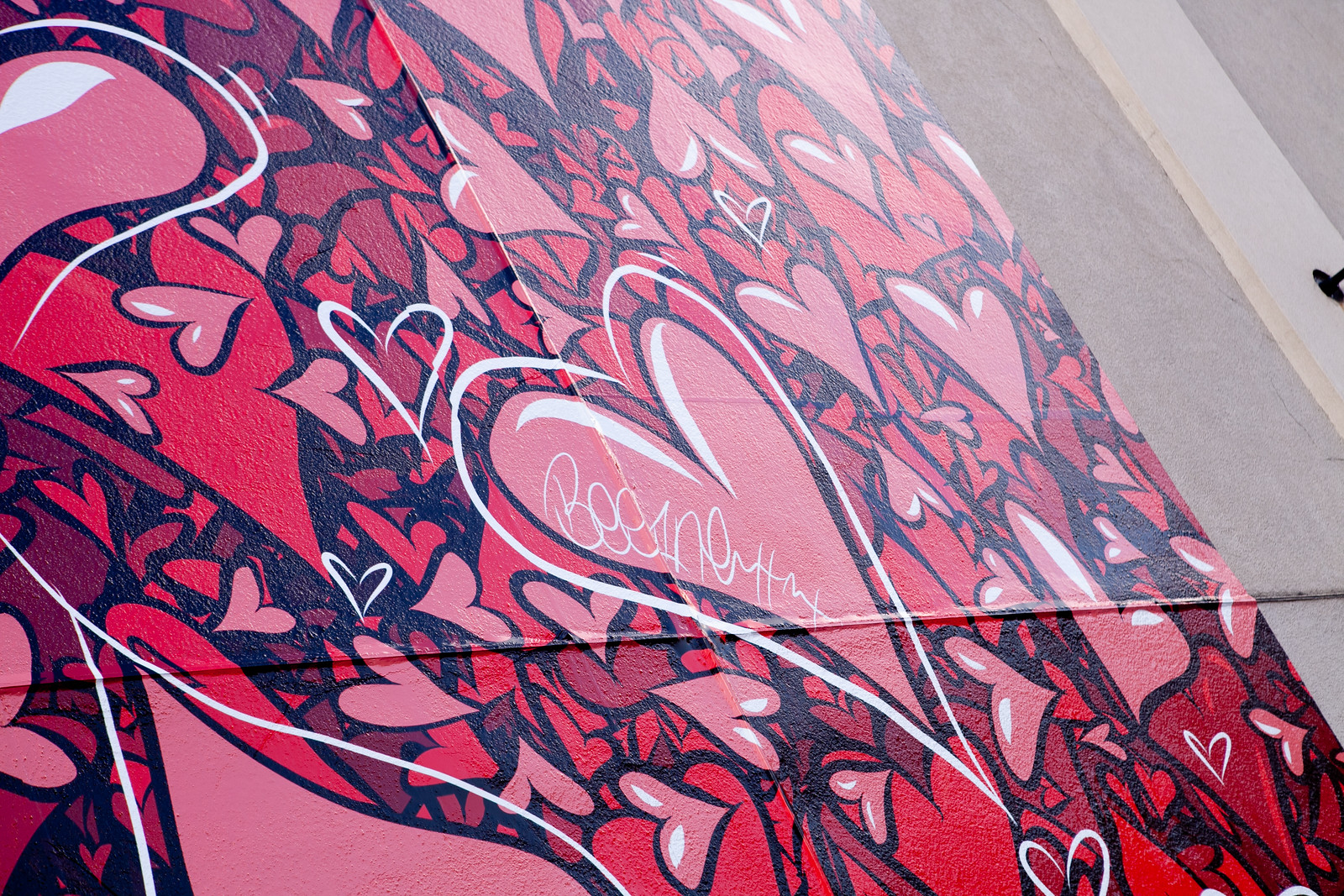
Cameron Granger | Urn, Or Another Way To Say I Love You (video still), 2017 | 777 N. Wall St.
Cameron Granger is a filmmaker that came to Columbus to attend CCAD. He has since found a community in this space. His mural is a video still from his film Urn, Or Another Way To Say I Love You. It’s about the distance between “I” and “you” that his love tries to cover.

Debbie Jackson | Bogolan Queen | 790 N. High St.
Debbie Jackson creates African-inspired art jewelry. Her work is currently featured in the Smithsonian’s National Museum of African History and Culture in Washington, D.C. She literally wrote the book on her medium of choice, Polymer Clay Jewelry. She says: “Africa speaks through my art.”
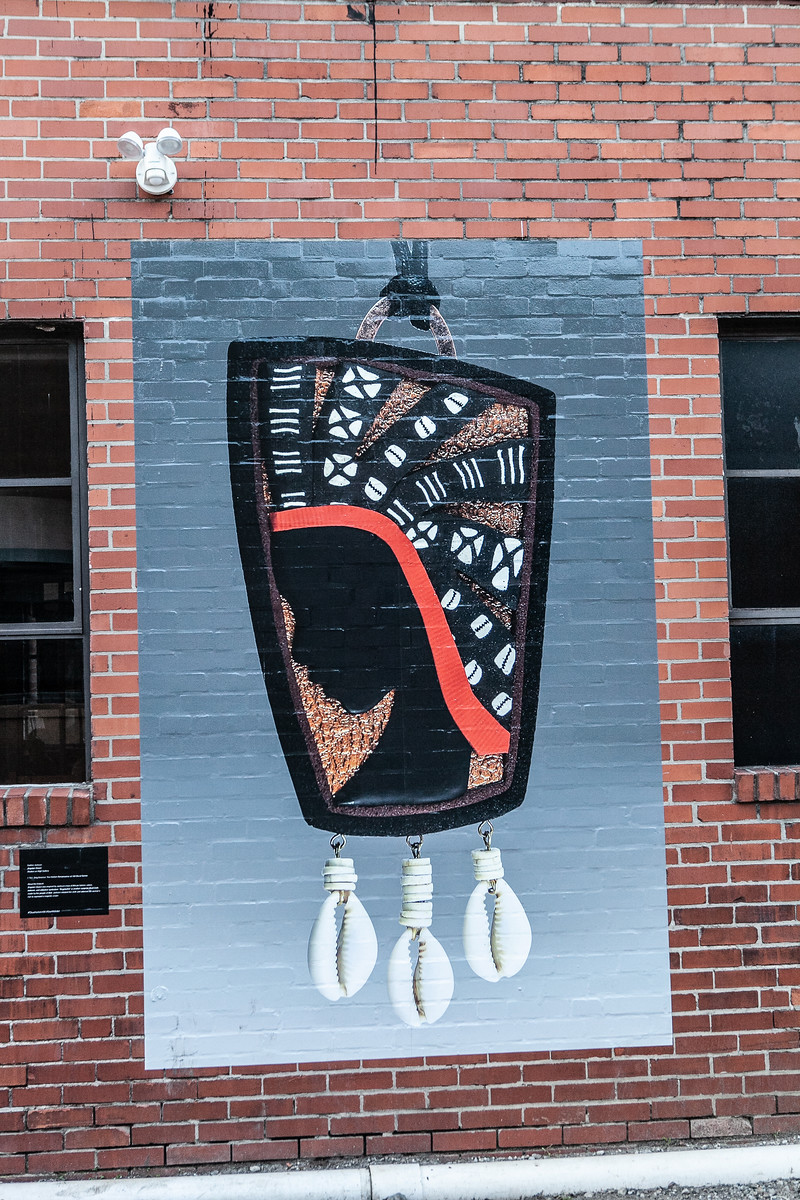
Edmund Boateng | BREAKING LOOSE | 1288 N. High St.
Edmund Boateng is a visual artist and photographer originally from Ghana. “I’m inspired by nature. My explanation of nature is everything that God has created, including humans,” Edmund says. This mural, BREAKING LOOSE, is a self-portrait that illustrates Edmund fighting against his reserved nature.
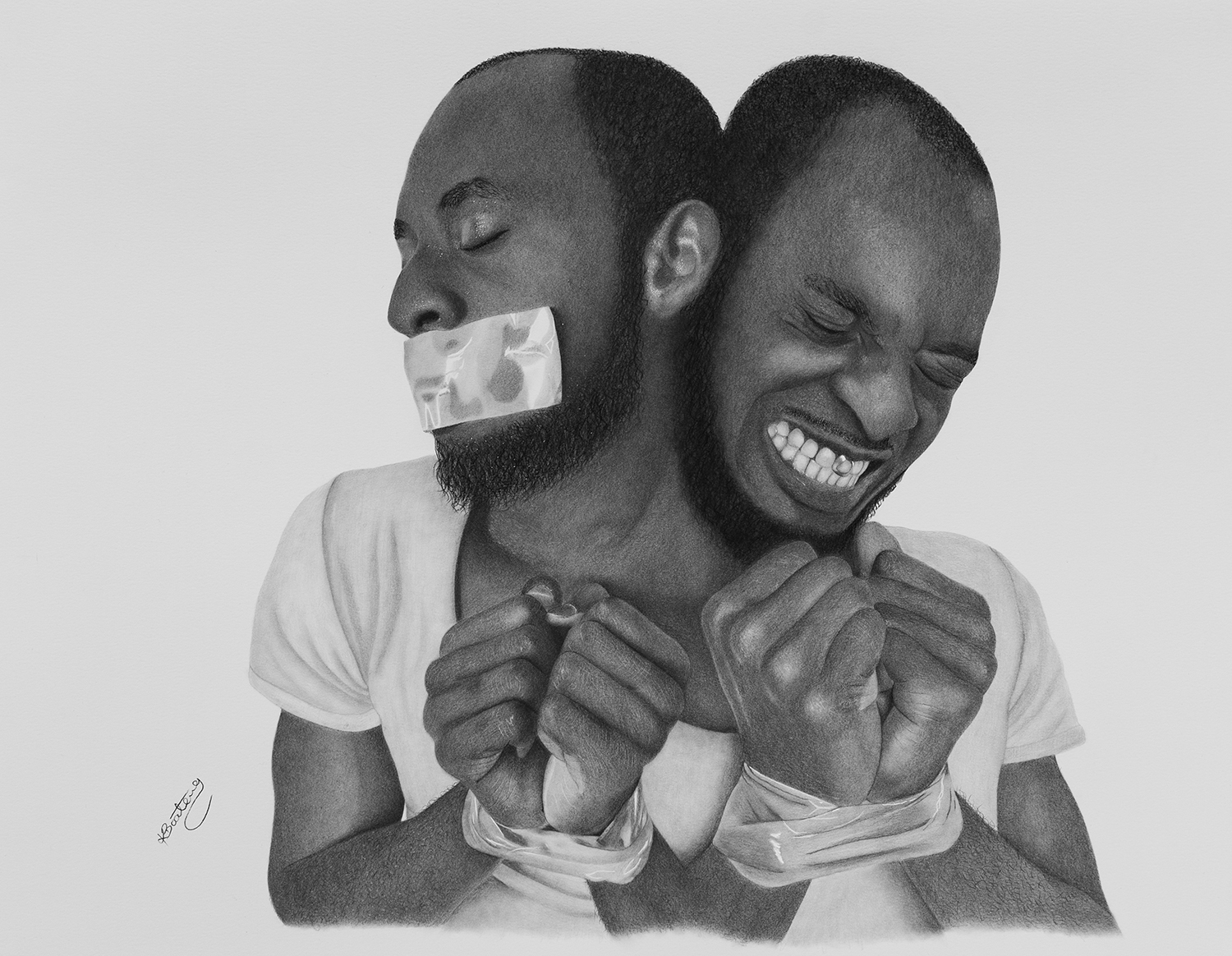
Malcolm J | Goodale Park | 15 E. Second Ave.
Malcolm J is a Columbus icon. He has gained local acclaim for his images of the Short North. This piece, Goodale Park, shows a view of the fountain in Goodale Park.
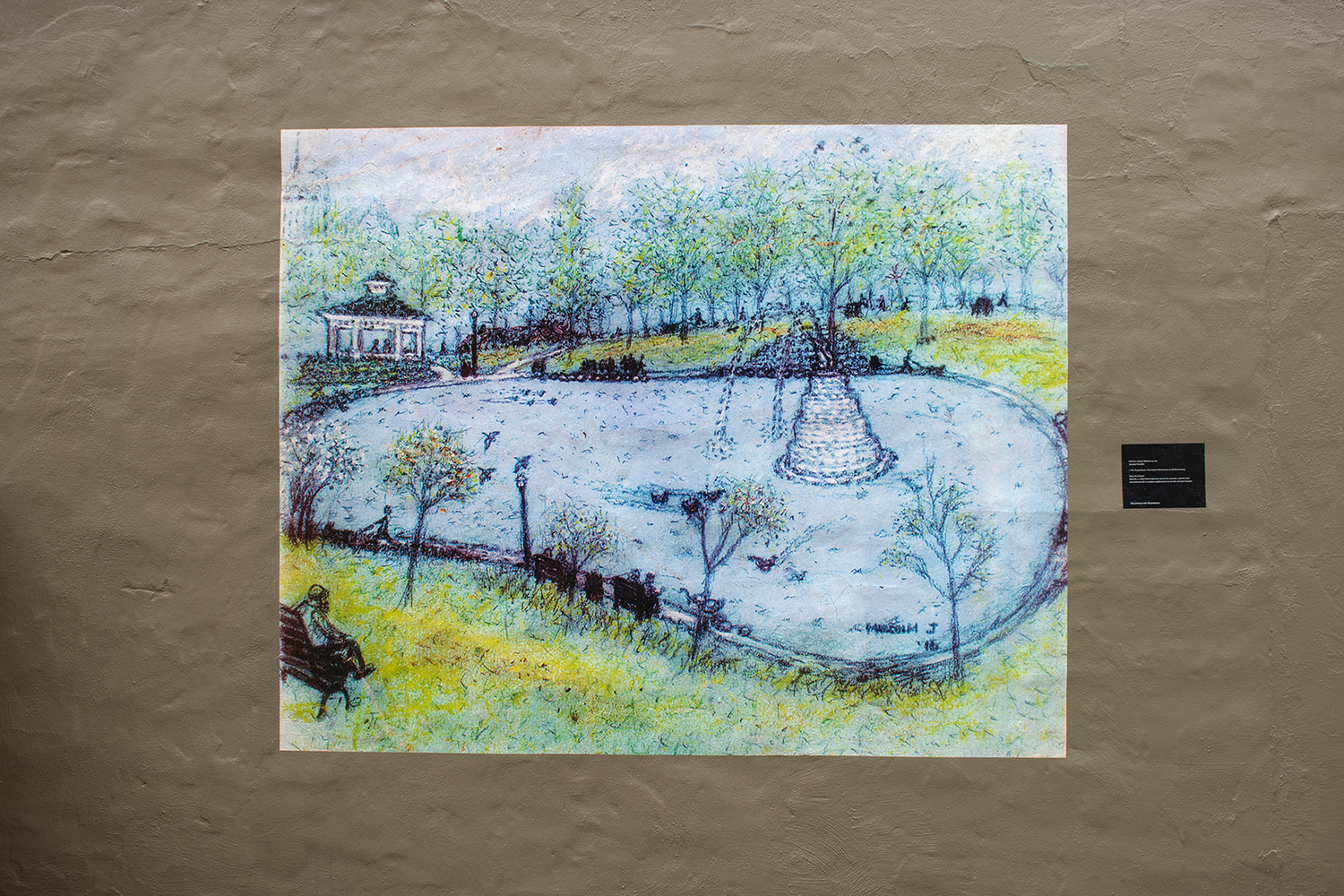
Marshall Shorts | I, Too, Sing Columbus | 858 N. High St.
Marshall Shorts is a local branding creative and the man who designed our Harlem Renaissance logo. He wants this campaign to not only celebrate the Harlem Renaissance, but to also ask questions: “Where are we 100 years later? Are we still facing some of the challenges that black folk had during that time period? Are artists still facing the same challenges 100 years later?”
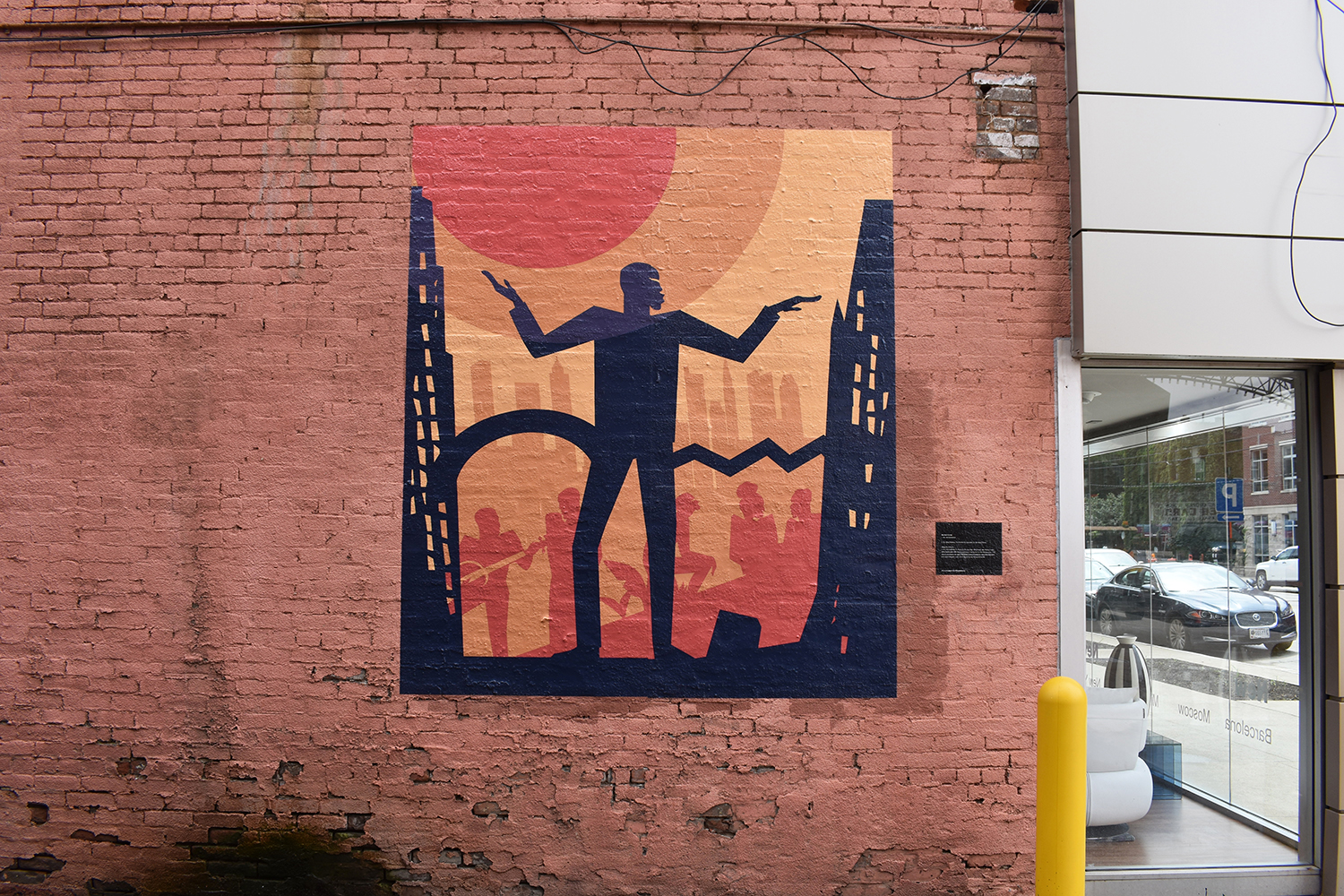
Omar Shaheed | Lady in the Window, 2018, two angles shown | 642 N. High St.
Omar Shaheed is a sculptor who works primarily in limestone. When he first came to Columbus, he says that the arts scene — especially for African Americans — was limiting. Lately, he’s starting to see a shift: “I didn’t really feel comfortable in Columbus from an artist’s perspective because art wasn’t focused on as it is today. I think it was pretty bland. I used to sit and talk with other artists who were here and most of them saw the same thing I saw. For us, for African American artists, to be in the Short North, that’s totally different.”
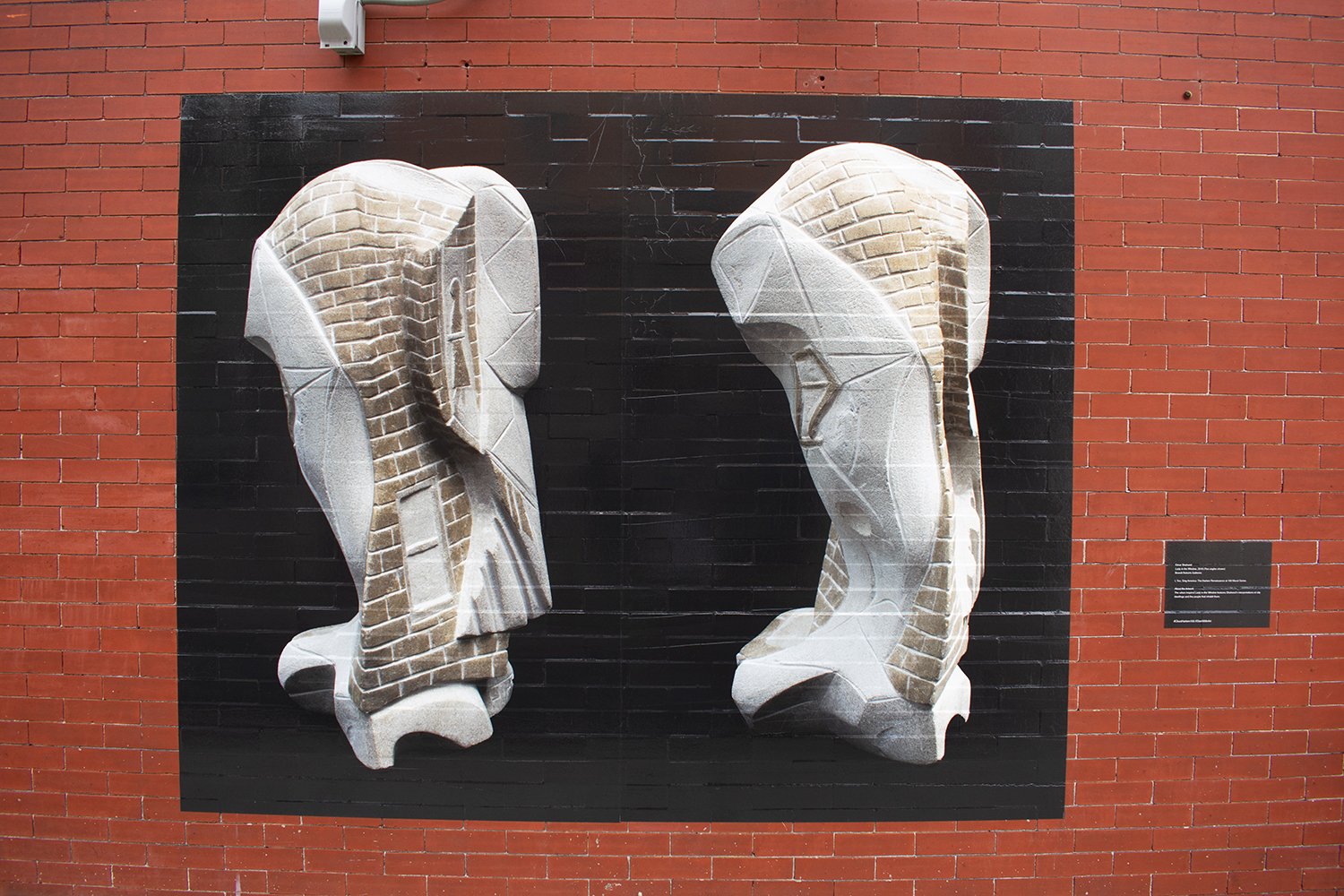
Richard Duarte Brown | Fleaux Child | 1359 N. High St.
Richard Duarte Brown originally hails from Atlantic City New Jersey. Since then, though, he has become a beloved Columbus artist that works to inspire our local youth. He is an art educator and his mural, Fleaux Child, depicts Louis Othello Berry (a local poet, dancer and Transit Arts alum) performing live.

Terry Norman | Richard Pryor. Medium: Charcoal | 685 N. High St.
Terry Norman is an artist whose charcoal portraits are the stuff of legend. This mural or Richard Pryor is often mistook for a photograph. Make no mistake, Terry drew this piece using charcoal. He is a Columbus native and a self-taught artist.
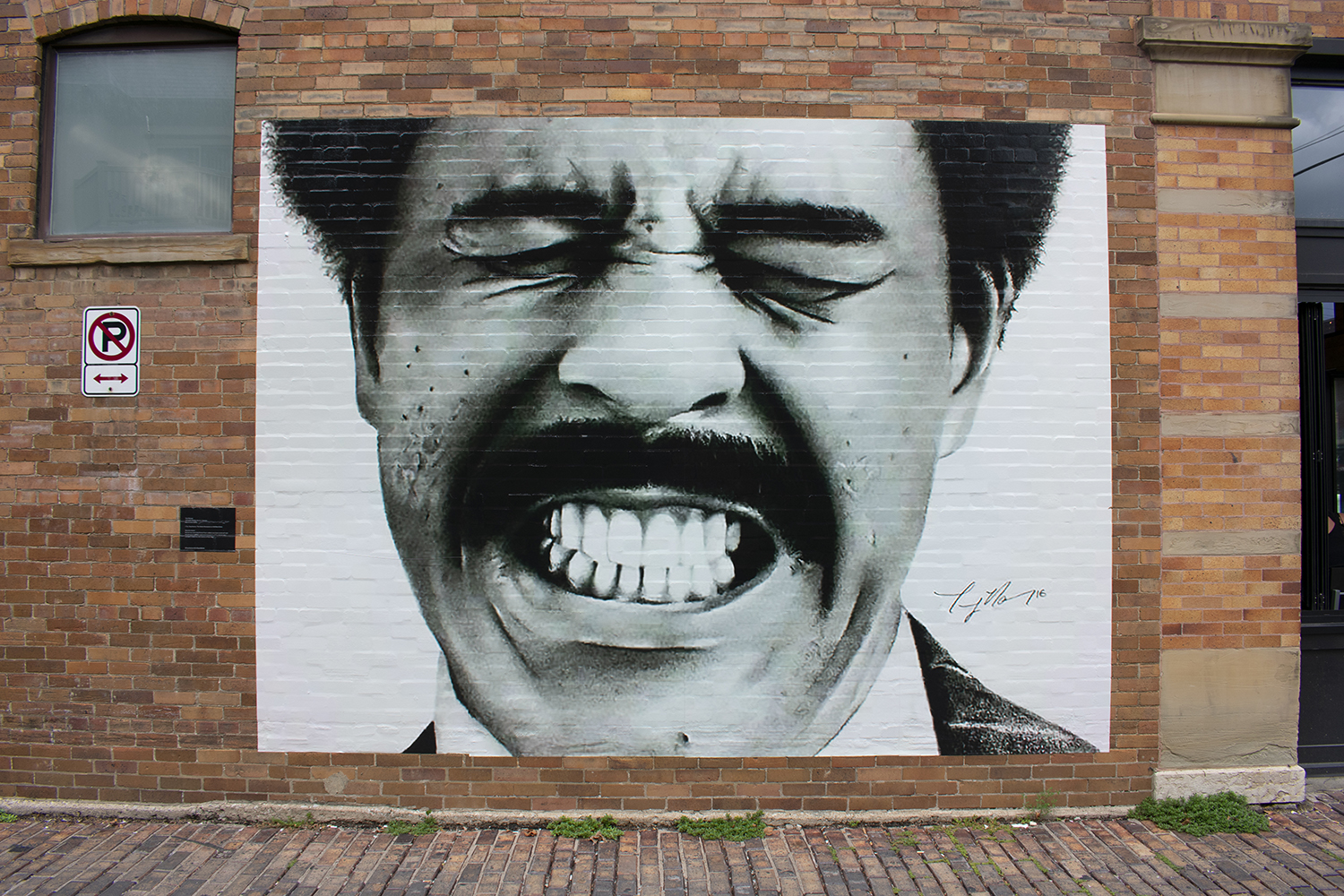
Likeness of Richard Pryor recreated with permission granted by Jennifer Lee Pryor and Indigo, Inc.

